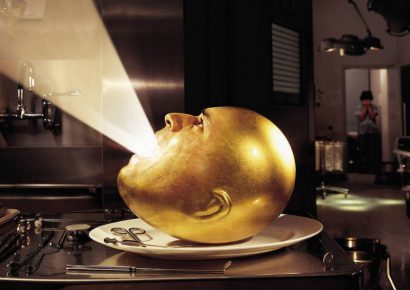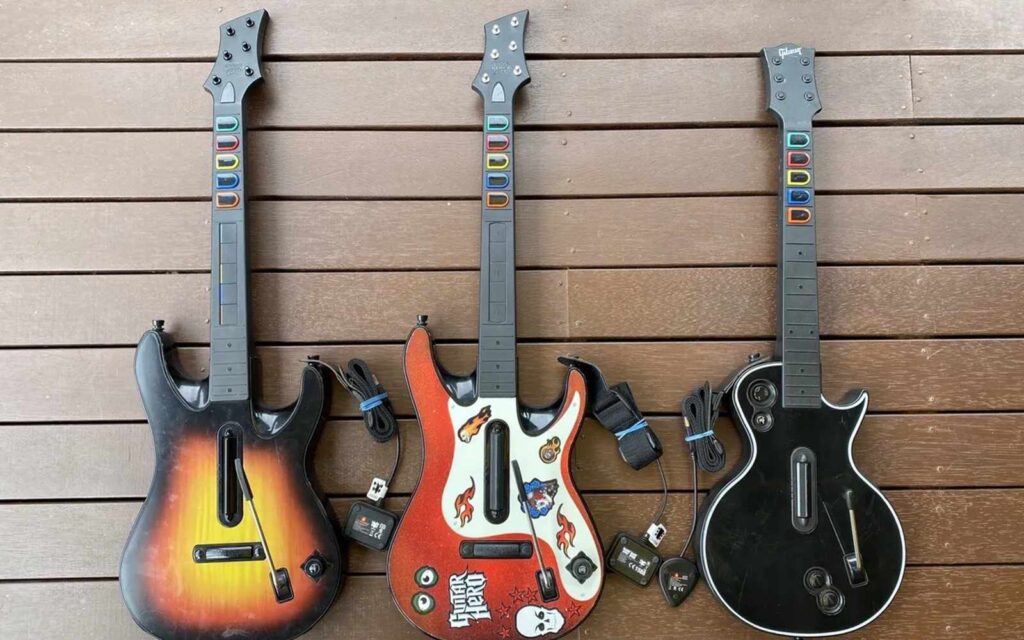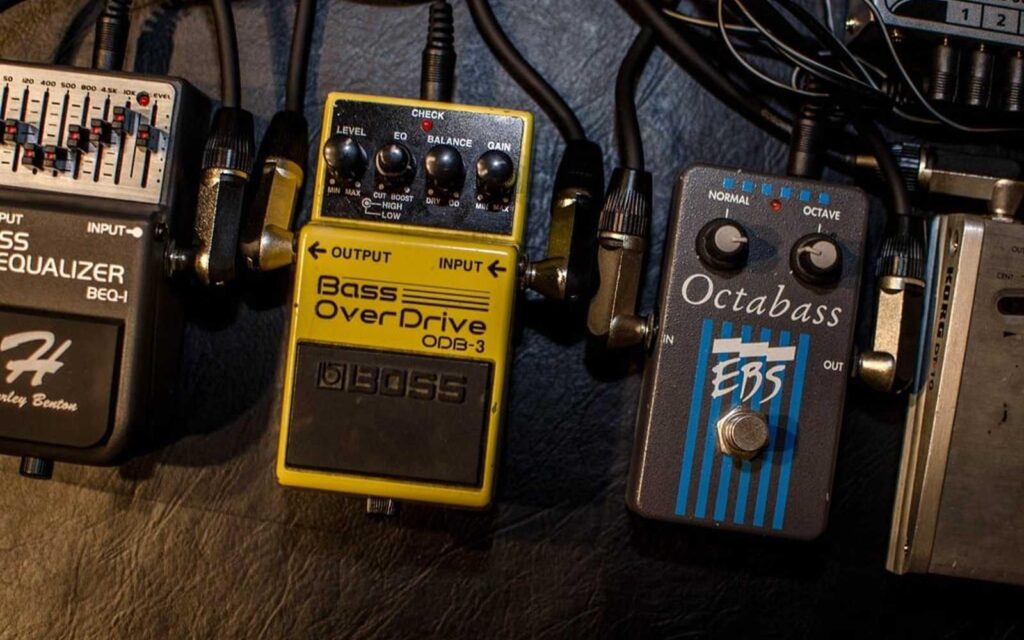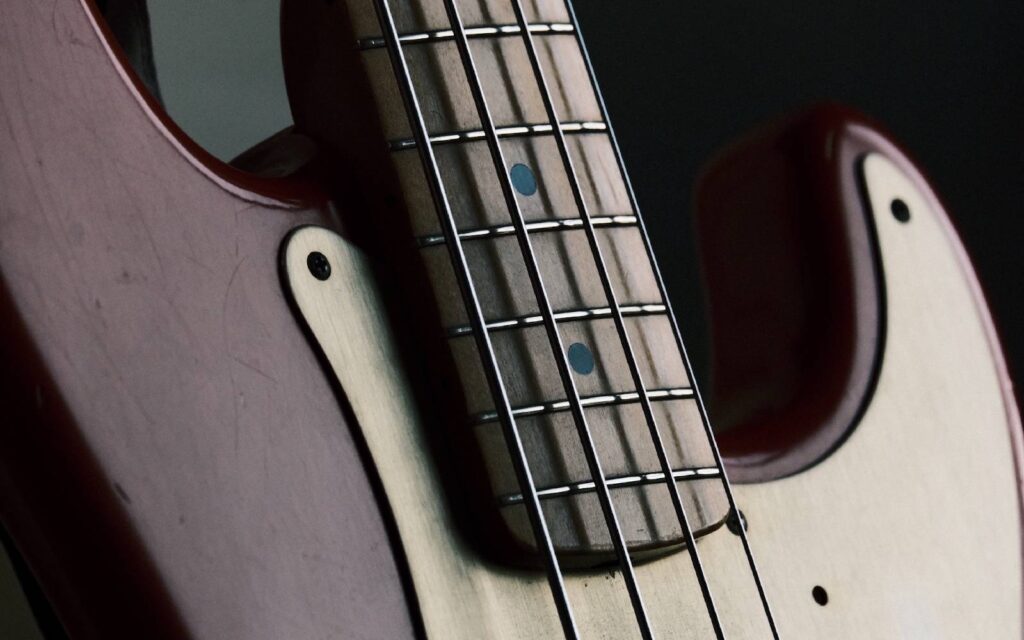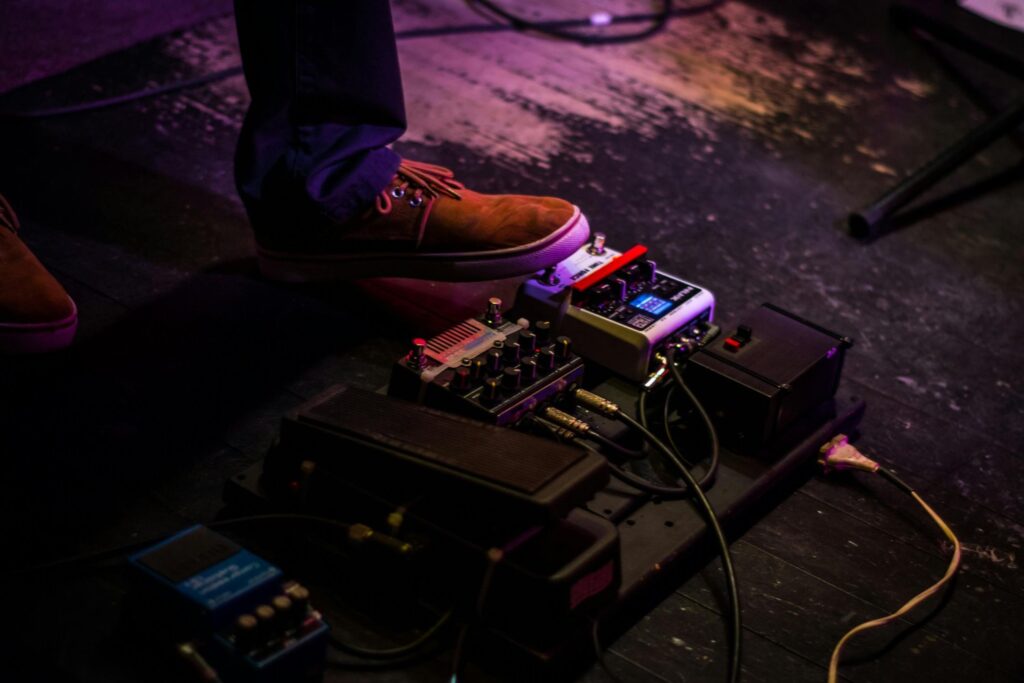We’ve had the rudiments chat before – ‘they’re good for you’, they’d say.
Many of us don’t realise why they might be good for us but anyone that’s studied will have usually practiced rudiments for some part of their learning. Yes, it’s pretty clear that say, practicing a single stroke roll or a double stroke roll is necessary because drumming can be very clearly associated with just combinations of singles and doubles.
However, there’s lots of other rudiments that tend to lend themselves to what might be considered snare drum playing and since the rudiments have got some age behind them, newer drummers might mistake them for being kind of old fashioned and not that applicable to modern drumming, e.g. ‘I won’t need that playing a covers gig…’
Well, the ol’ humble pie can taste good and not make us fat as I have an approach here that makes sense for checking out some rudiments and covering some other practice areas too.
Thomas Pridgen
So, one late night I was deep into the ‘inception’ that is YouTube – a video in a video in a video. One minute I’m looking at Gordon Ramsay smashing a salmon and then next thing you know, I’m watching a Tiger eat a turkey – and it’s midnight.
However stupid that might sound, I also tend to discover some of the great drum videos around this time where, for some reason I’m most productive and I learn. One of these videos was from Drumeo and featured the great Thomas Pridgen (The Mars Volta). He’s a killer player who was brought up in the Gospel chops realm and has found his way into progressive rock – the chops therefore, that follow him, are frightening. I found the drum lesson so interesting however, I thought I’d unpack a bit of what he was playing and show some written examples.
Thomas Pridgen was explaining that he was brought up with the notion of playing rudiments to aid in being an ‘articulate’ drummer. This moved the conversation into how he would practice the rudiments and how it could lead to bigger and better things. I really dug the ideas and they’re nothing new. Just simple in fact.
A Trio of Dips
The approach we’ll discuss covers three key areas.
1. Rudiments
You get to practice trying to be articulate, accurate and dynamically correct – building the strength and finesse etc.
2. Independence
You have to play the rudiments over a foot pattern, build coordination and confidence etc.
3. Groove
The combination of rudiments and foot pattern now create a time feel, of which, you are responsible for making feel good and sit well without the rudiment or the independence becoming a hindrance.
Looking at the notation, there are three foot patterns to go with. Thomas only demonstrated everything with the third (hard) pattern. Most people know this a Samba foot pattern.
You can however, a) use any foot pattern you like or b) easily alter to make it easier or indeed, harder. In fact, you can see Thomas do just this in the video.
For the purposes of making things clearer, I’ve illustrated the easy foot pattern (crotchets on the bass drum) for figures A – E and then the Samba pattern for the remainder. It’s important to know that whilst none of this is new, it took a late-night video to realised why it could be great to revisit this stuff.
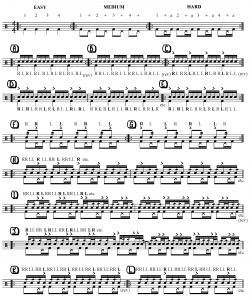
Back to Basics
First up – basic rudiments. Play singles, doubles and paradiddles over the foot pattern of your choice. Singles and doubles are written straight up here and although the paradiddle has an accent on the start of every grouping, you could add accents to the singles or even the doubles if you were ever so keen. I really liked the feeling of playing the accented paradiddle – accurately – over the feet and making the strokes like up perfectly.
Add a good dynamic level between the accent and the non-accents and feel the resulting groove/feel, the rimshot on the snare for the accent providing a punch each time – great practice for accurate rim shots and back beats. Thomas would quickly start moving accents around the drums. A simple approach is right hand accent on the floor tom and left hand accent on the rack tom. You could move the accents to the cymbals.
Figures D and E show the double and triple paradiddle. Here we just add another ‘RL’ to create the double paradiddle (RLRLRR LRLRLL) and another ‘RL’ again for the triple paradiddle (RLRLRLRR LRLRLRLL) accenting the primary single stroke with the leading hand each grouping. The triple paradiddle is predictably 4/4 and easy to feel.
However, it’s the double paradiddle that is cooler as it’s naturally a 3/4 or 6/8 rudiment and busting it our continuously over 4/4 makes you sound great… It’s also a nice way of phrasing this rudiment as the you get a ‘crossing the bar’ scenario. Moving accents to the toms creates interesting and melodic phrases that start to sound more complicated than they actually are due to the foot pattern filling in gaps.
Roll out the Barrel
Then we start using rolls. Open rolls to be precise. Figure F – H is the five-stroke roll. Played evenly across the bar at first (F, G) over four semiquavers but then with no pauses over three semiquavers inducing a unique, poly rhythm effect. It’s great when you get it going and the foot pattern remains steady.
From here we look at six-stroke, seven-stroke and nine-stroke rolls. They look kind of intense on paper but they’re just combinations of doubles and singles. Again, accents on toms, cymbals etc. and hear the phrases come alive over the foot pattern. Couple of my own rolls (not on the video) in here.
Hey, speaking of the foot pattern, we’d forgotten about it because we were so caught up with practicing the hands! This is actually the point. You don’t think about your feet when you’re walking do you? Well, the feeling of good independence can feel similar. Your feet can just seem to go on autopilot. This doesn’t happen without sitting on the grooves slowly first and feeling the phrases being created.
Thomas Pridgen speaks about the fact that now, the rudiments aren’t just exercises, they’re beats – grooves. This makes them more musical and therefore, applicable! If it’s too easy, change the feet to something less predictable, try flam rudiments, combine rudiments, add more accents, etc. I just liked the idea of covering all bases when practicing these and it’s far more satisfying than just smashing them out on a pad.
Check out the Thomas Pridgen video for yourself too as it’s enlightening, and enjoy the notation!
Revisit last month’s drum advice column here.

